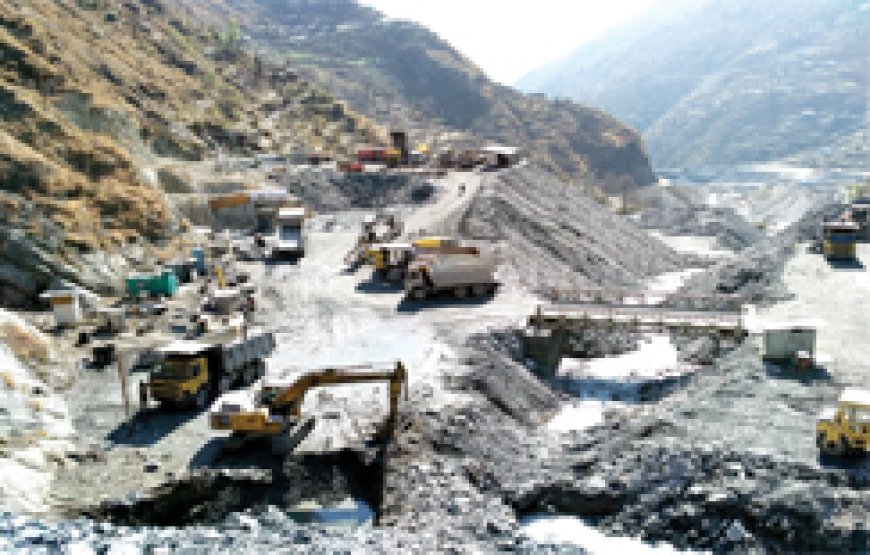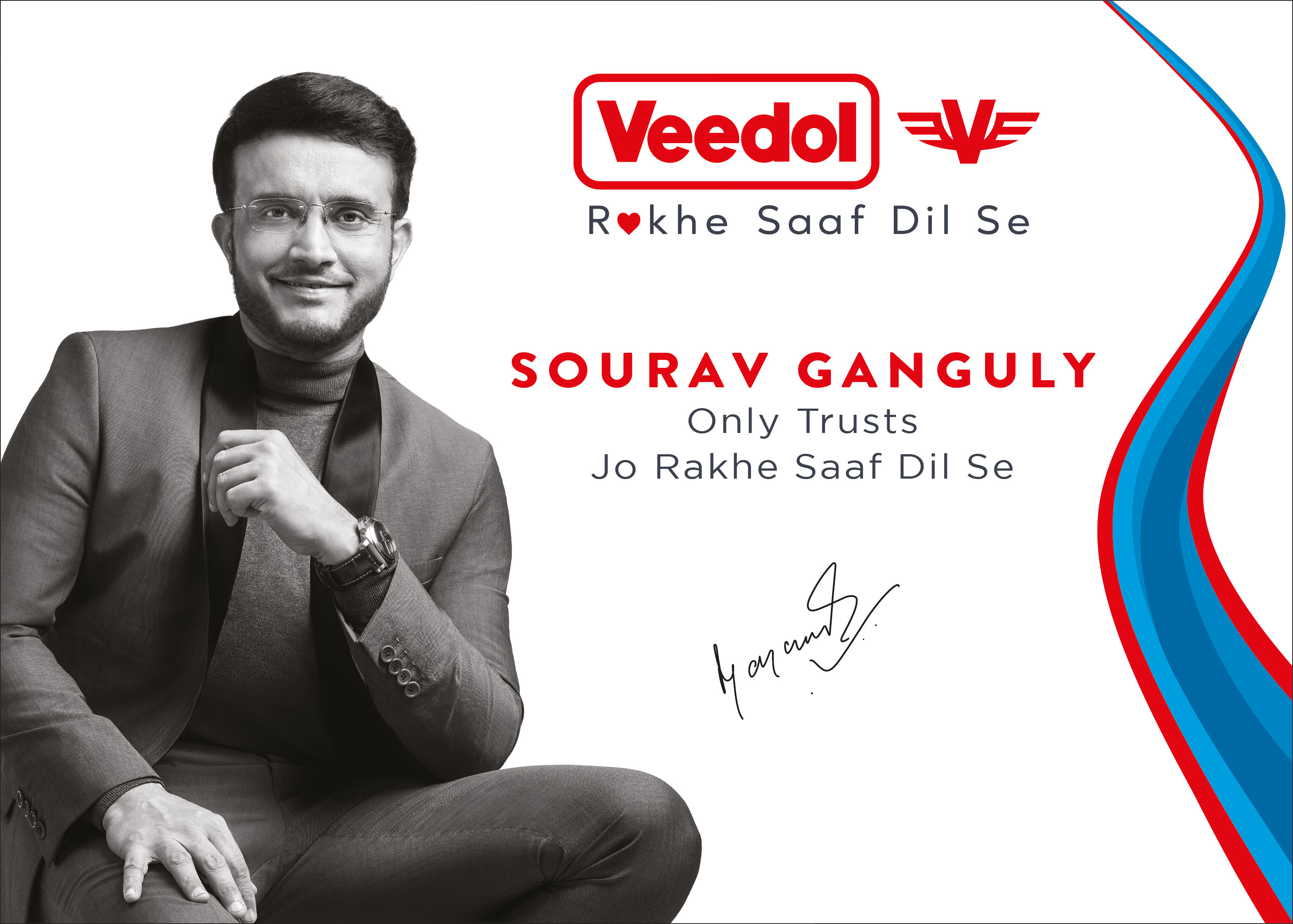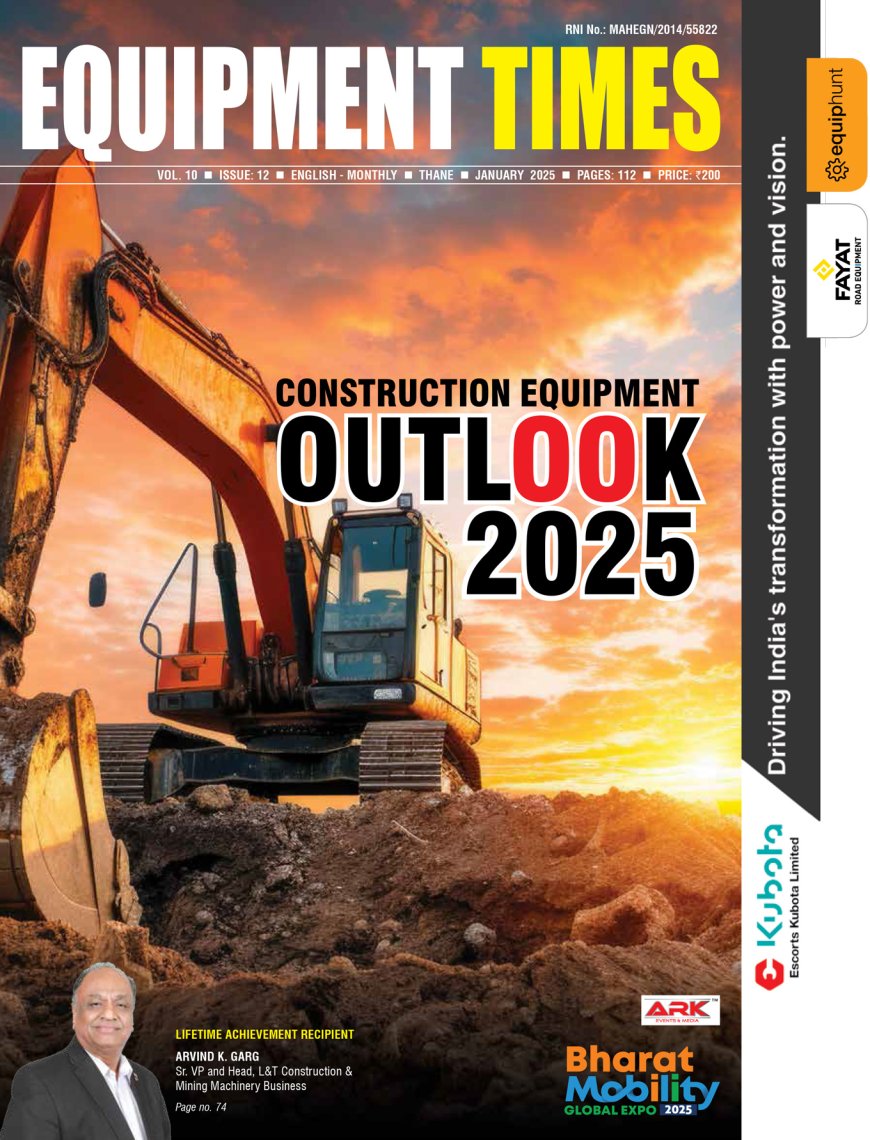Changing Service Parameters
Profit being the mantra and driving force of decision making, today’s consumers stress on safety features, technology, fuel consumption, and warranty terms while making the buying decision. The Construction Equipment market, unlike a decade ago, is spoilt for choices. The

Profit being the mantra and driving force of decision making, today’s consumers stress on safety features, technology, fuel consumption, and warranty terms while making the buying decision.
The Construction Equipment market, unlike a decade ago, is spoilt for choices. The domestic players have upgraded their capacity, enhanced technological capability by in house R&D or through tie up with international players. Most known multinational players have already set up shop in India, and many are expected to follow suit. And there comes the critical role played by the Procurement Heads, and Plant & Machinery Heads, who though spoilt for choices, leave no stones unturned to choose the right machine / brand, without losing sight on performance, efficiency, and economics.
Indian consumers and site conditions stands out to be extremely unique. Half a decade ago the end user used to be more inclined to the brand name as the CE market been dominated by the big brands. The contractors were more and the PSU’s used to allot work orders as per specification of the available equipment. But the scenario has changed as number of international players entering the market with more technologically advanced equipment with competitive pricing policies creating a more customers driven environment. Today the consumers are more educated about the product than before and they have clear understanding of what they expect from the product in terms of performance, life and salvage value which they compare parallel with the total project cost and investment made. Profit being the mantra and driving force of decision making, today’s consumers also stress on safety features, technology, fuel consumption, and warranty terms while making the buying decision.
Brand Matters
It is obvious that loyalty of a customer to a brand is directly related to how the customer rates its after-sales services. The very fact has well been factored into the processes of design, production, and marketing etc, by the major players in the construction equipment and machinery space. The purchase decision by any customer, be it a mining or tunnelling customer, is largely based the total life cycle cost of equipment which includes financial and non-financial components. Equipment cost is just one component in the whole eco-system of total life cycle cost. The major role is played by the aftermarket cost of the entire life of the equipment, which includes the parts cost and service cost. Apart from these financial aspects, the non financial aspects such as the availability of spares and the quality of service provided by the OEM are also factored in the purchase decision.
There are several factors to consider while opting for equipment /fleet for a project. Says Samar Ghosh Dastidar, Technical Director, Simplex Infrastructures, “The key factors are quality of product, delivery on time, price, after sales service, availability of spares at economical rate on time etc.” Does the brand matter? Dastidar answers in the affirmative. He says, “The reputation of brand does matter if it is the first time we are procuring the said equipment; otherwise, our previous actual experience of use of the said equipment of that brand is a very important guiding factor.”
Says Nischal Mehrotra, Director – Sales & Service, LiuGong India, Compared to global scenario, Indian CE market always stands out. Capital investment holds the key for the success of a project and the customers evaluate and scrutinize their buying decision very carefully. Customers are moving towards machines with higher capacity in terms of volume to be handled. They are well aware of the latest technology and their requirement along with its usage too, which in turn plays a crucial role while buying a machine; whereas earlier brand value used to play the major role. As there has been a considerable increase of HSD cost, the customers are more inclined on fuel efficient and more productive equipment.
Changing Service Concepts
Concepts such as Total Life Cycle (TOC) and Total Cost of Ownership (TCO) have had its impact on the selection processes. “We have adopted these strategies for more than a decade. Evaluating the equipment on these criteria becomes very useful when there is disparity in the equipment buying cost and operating cost between two or more manufacturers,” states Amitava Chakraborty, Vice President – Procurement and Subcontract, Hindustan Construction Company.
Says Dastidar, “We do study and consider total life cycle and total cost of ownership before owning any equipment based on its long duration use in type of projects we generally execute, future prospects and more comfortable with. For example say for investing on concreting equipment like batching plant, concrete pump, placer booms etc. we will not hesitate because its expected continuous use in coming projects. But of course, we will select a particular brand, size, model etc based on our experience and knowledge about the performance and proper utilisation of that equipment.”
“The one key factor influencing buying decisions today is the ‘Total Cost of Ownership’. Along with this, customers focus on a combination of initial cost, service support, references from their fellow contractors (especially for operating costs),” states Amarnath Ramachandran, President, LeeBoy India. According to him the range of product availability also makes a difference. The end-user segments recognize that better features translate to a better return on investments via higher productivity and longer life. “At LeeBoy, we appreciate that, as the industry evolves further, contractors will shift focus to reducing fleet size by procuring larger and more productive machines. This translates into faster completion of projects,” says Ramachandran.
“Cost remains one of the most important factors for buyers in India, but the purchase price is only part of what constitutes a machine’s overall lifetime cost. Equipment owners and contractors in India have developed quite sophisticated models for calculating ‘cost per tonne’ or ‘cost per km’ for equipment, and this considers a range of factors, including purchase price, operating costs, productivity levels, anticipated maintenance, depreciation, resale value and more,” states Dimitrov Krishnan, Vice President and Head, Volvo CE India.
Says Abhijit Gupta, Brand Leader, CASE India, “The Indian customer is becoming increasingly discerning and demands products with higher efficiency and performance, especially in applications where the project needs to be delivered within a certain timeframe. Fuel efficiency, operator comfort and safety are the major look outs while buying a new machine. CASE’s R & D team constantly endeavours to develop clever innovations to make equipment more fuel efficient for reducing emissions on the environment.”
Back up Support
Designing service products, in today’s scenario greatly depends on customer-focused metrics such as machine uptime and concepts such as MTR (mean time response), MTTR (mean time to repair) and MTBF (mean time between two failures). None can promise that the machine wouldn’t breakdown but they can for sure promise to fix it quick – how quick would depend on how close one is to the operating locations. Equipment vendors across the spectrum keep on trying innovative strategies to service the customers. As a part of this they try to leverage the technology to get closer to the customer.
A deep understanding of customers’ technologies, processes, and plans —knowledge that rivals can’t easily acquire often help a manufacturer to have competitive advantage. OEMs are quite aware of this and are willing to go out of the box strategies to create a deep customer connect. In short, customer is at the heart of the whole system.
According to Dastidar after sales service from most of the OEMs have to improve a lot. Some are quite good in promptness as well as in economy but some are very poor. He adds, “Getting the right equipment and machinery delivered and commissioned at site on time, as was promised while taking the order, is a major challenge.”
Chakraborty says, “The manufacturers need to come out of the mindset of not operating the equipment, under the pretext that they are not contractors. The equipment suppliers should engage with their customers in various stages of the project. For project specific specialised equipment, they should be able to source and offer refurbished equipment so that these equipments become affordable and the Indian infra companies are able to source such specialised machines.
Also OEM’s generally shy away from ‘Equipment Buy-Back’ at the end of the project or offer an unaffordable buy back rate. Under ‘disruptive service packages’ it is expected that the OEM’s should play a active role in facilitating collaborations between their Indian and overseas customers for bidding projects together, sharing their customer list, arranging meetings with their customers from other part of the globe, so that specialised work in India can be subcontracted to them or their expertise can be shared.
“Even though there is substantial growth in infrastructure projects, buyers are still very cautious in their approach and are very selective in adding fleet like what they used to do during the pre-recession period of 2009,” says Anand Sundaresan, Vice Chairman and Managing Director, Schwing Stetter India. He adds, “One definite major shift that we have been seeing in the last few years is that the buyers are not looking at only the prices, they are looking at the performance of the equipment and also the after-sales service support that the equipment manufacturer is able to provide.”
Challenges
According to Chakraborty the challenge is lack of adequately trained manpower. He points out, “The main issue is low availability of skilled manpower. The OEM’s must engage with the government bodies and HR Ministry for training, under the Skill India initiative, and making available skilled manpower / operator should be done on a war-foot basis with identifiable results.
He adds, “Many time it so happens that when we purchase high featured equipment, we are unable to put it to optimum use because of various external issues like non-availability of sizeable work fronts, mismatch of production and ancillary equipment.” He adds, “Like for example, the paver may have capacity of laying 800T per hour, but we are not able to do capacity utilisation because it is not possible to feed this equipment at that rate. The requirement of raw material, availability of dumpers etc might be a challenge. In many cases the manufacturers are not equipped to attend unique problems for example, with electronic engines etc. diagnosis of the root problem sometime takes days together. Under such circumstances small contractors prefer less sophisticated equipments wherein they are confident on production and addressing any downtime within a specified period.”
IoT Impact
According to Ajay Mandahr, CEO, Escorts Construction Equipment Indian customer is highly value-driven and the perception of value also differs to that of developed markets. The product needs to be developed locally keeping in view the aspiration of Indian customers and hence frugal engineering mindset is something that becomes essential. “Today, the buyer emphasis is on safety and productivity and this is a very positive
development for the industry.
Improved productivity means that the technology needs to be contemporary, reliability and quality of the products needs to be consistent. Increased productivity also calls for quick after sales response, and here IoT has been a big enabler. Now with connected products, manufacturers can do timely intervention to minimize the down time.” He further adds, “I feel that the after sales capability improvement is an endless journey and one need to continuously keep improvising. Our Vision 2022 objectives are built around creating a new benchmark in after sales. Our idea is to use IoT as a tool to proactively sense, serve and satisfy the service need of the machine.”
Moving Forward
The key to success would be ‘ability to go beyond’ which will determine the customer experience. “Apart from the very conventional and basic services like the parts warehouses and service availability – both quality and timeliness, the OEMs and end user segments have moved forward to focus on ‘Preventive Maintenance’ programs, ‘Repair before Failure’, Comprehensive and Customised Support’ agreements, Oil Sampling etc. Today OEMs are working towards enhancing customer expectation by creating products and offering products that would meet a customer expectation.
Hits: 49










